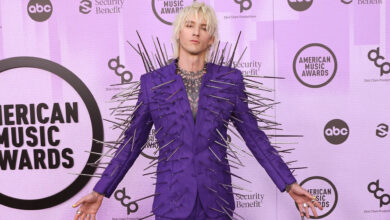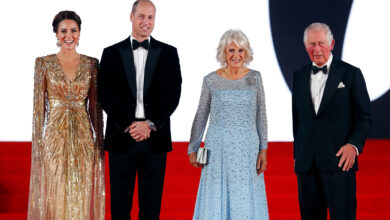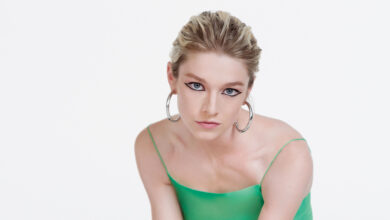Fashion Week Textured Hair: Why Textured Hair Education Is So Important

[ad_1]
This is Texture Talk, a weekly column that deep dives into the dynamic world of curly hair, from crowns of curls that are free flowing to strands that are tucked away in a protective style.
For the past handful of years, there has been a steady emergence of natural hair on designer runways, red carpets, in campaigns, and on TV — and that’s a very beautiful thing. In a world where, for so long, Eurocentric hairstyles, from straight and sleek to loose, styled curls, dominated the public spotlight, seeing natural hair — which has been a political battleground for decades — as “en vogue” signals that the beauty industry has widened its narrow standards.
But as natural hair becomes more accepted in these high-profile spaces, a glaring dilemma has been exposed behind the scenes: stylists ill-equipped to work with highly-textured hair. The root of the issue? A lack of curl education. The disparity begins in beauty school and then filters up to salons and professional sets, ultimately presenting itself in the form of discriminatory hair practices disguised as ignorance.
Despite the army of hairstylists on deck, backstage during Fashion Month can be a breeding ground for natural hair discrimination. “That’s probably one of the worst and most public areas that you see it, and [one of the ways] racism is showing up in the fashion industry,” notes hairstylist Stacey Ciceron, a textured hair expert and educator.
Ciceron, who has styled for runway shows during New York, Milan and Paris Fashion Weeks, stresses that insufficient curl knowledge, plus the underrepresentation of Black hairstylists who understand the complexity of afro hair, makes way for traumatizing experiences for models of colour, scenarios that force mouths to be kept shut and heads down. “If you’re a Black model and your hair must be done, you don’t have a choice. There can be three or four people on you at one time just pulling, tightening — trying to do whatever,” describes Ciceron. “Models feel like they can’t even speak up in order to keep their jobs.” And in many cases, it’s not unusual for models with natural hair to be left completely untouched, which feels like a cop-out knowing the variety of styles that can be achieved with afro hair. “That’s the other [end of the] spectrum because [hairstylists] don’t want to deal with it.”
For Canadian model Crystal Rowe, trusting her natural hair to pros on gigs is always a risk, which has led to taking hair matters into her own hands before showing up to work. “It’s actually better that I do my hair myself because it can get damaged on set with hairstylists trying to do something. The products they use are not good for my hair and things like that,” she reveals. “Until I feel like the industry has really changed, I’m going to continue doing it at home.”
Prepping her hair at home pre-job is a norm fellow local model Truth John understands well, too. In fact, the widespread lack of textured-hair knowledge even led John to chemically straightening her afro strands. “I was relaxing and texturizing my hair because it was easier for hairstylists to deal with,” she admits. “Once you’re in the industry, you realize that not a lot of people know how to deal with your hair.”
To fix this problem, Ciceron underlines that industry decision-makers, from fashion designers to beauty brands, need to support more hairstylists of colour behind the scenes. But it’s not solely about ethnic diversity; it’s about diversity in skill. It’s every hair professional’s job to learn to style Black hair. “I’m not saying they need to specialize in highly-textured hair. They need to learn how to do it — the same way they learn how to do everything else,” she expresses. “Let’s do our part [as hairstylists] to make sure that everything is better moving forward.”
Missed our last Texture Talk column? Click here.
[ad_2]
Source link






